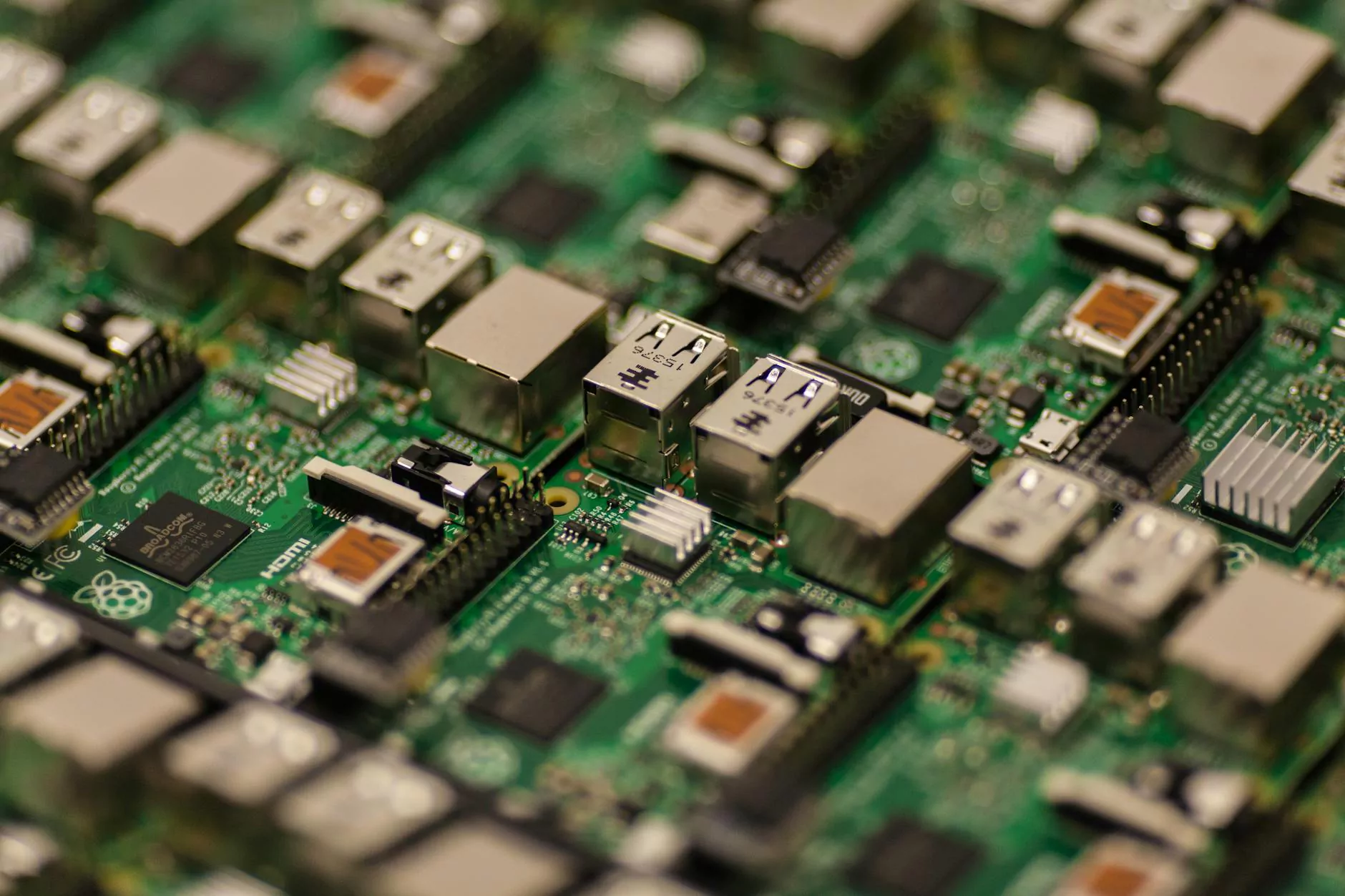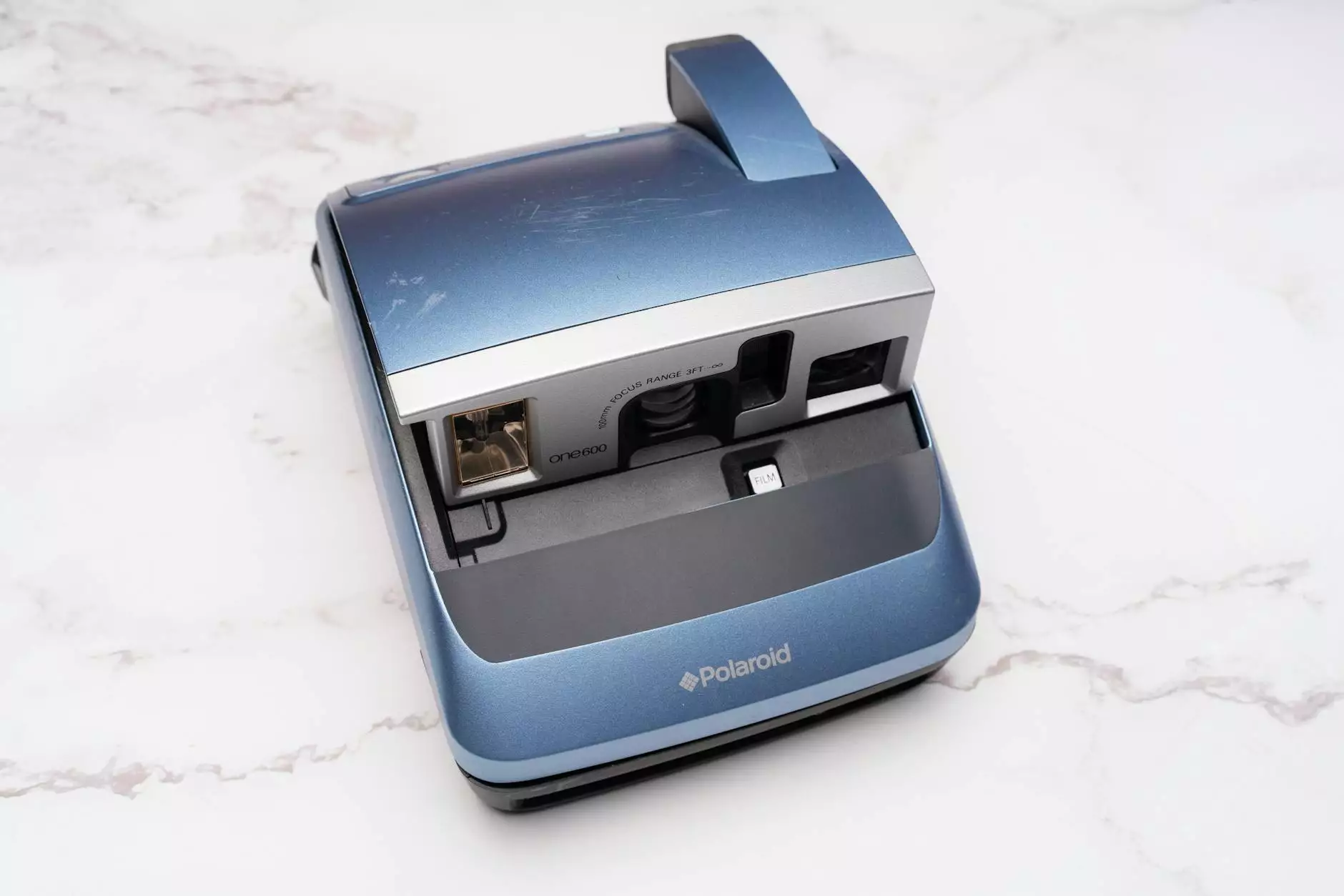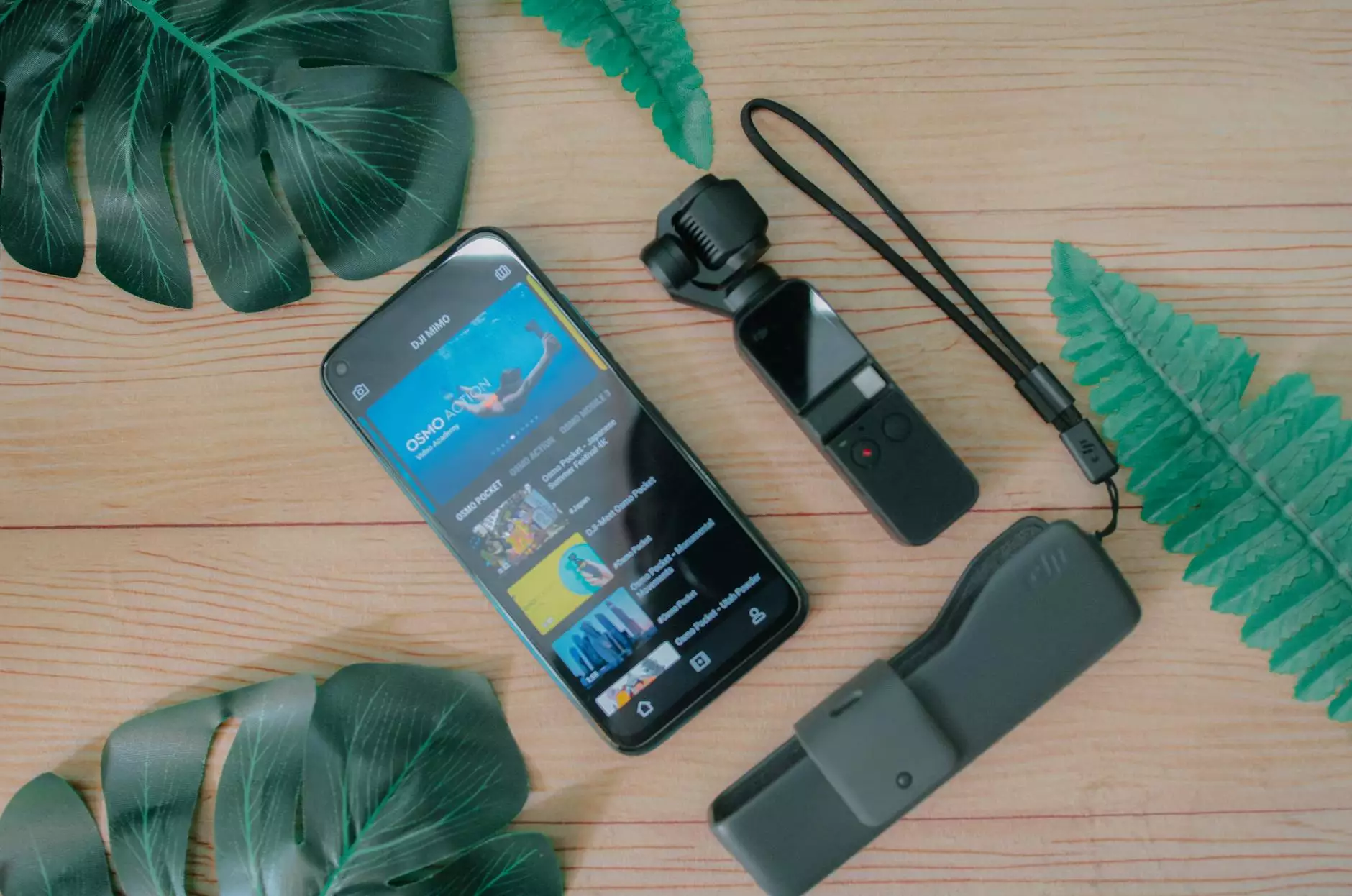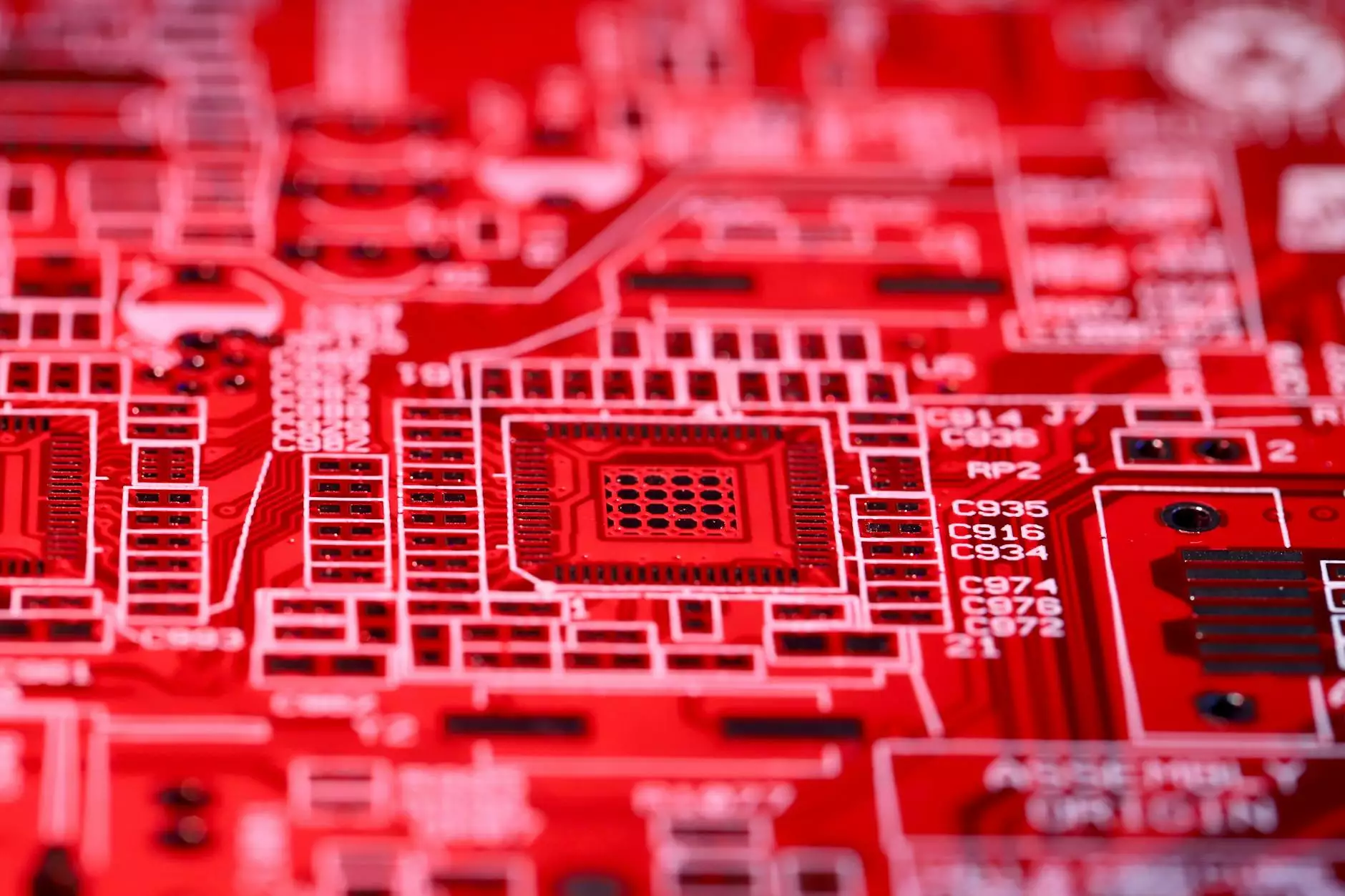How to Partition a USB Drive for Mac and Windows
Marketing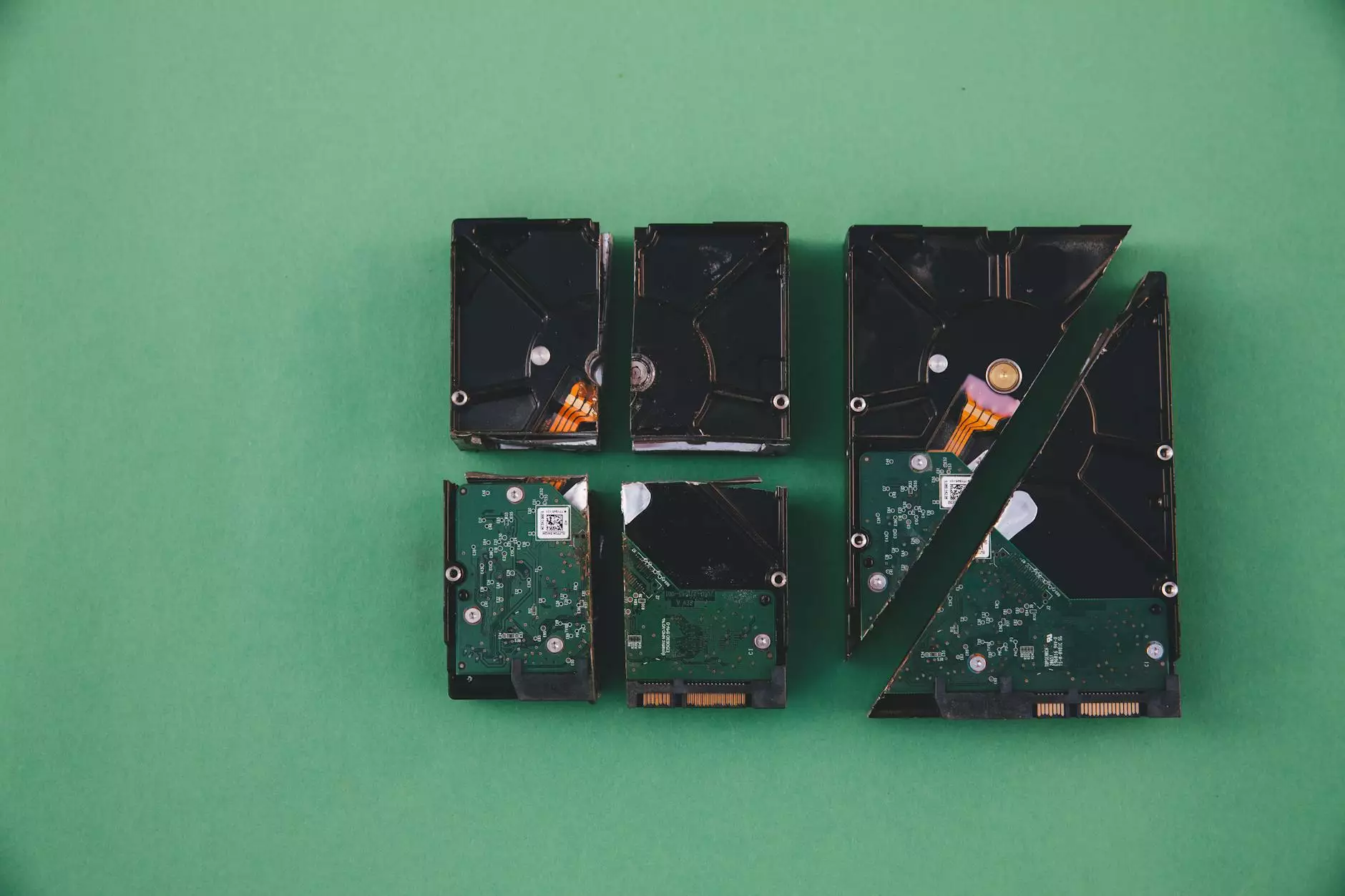
When it comes to partitioning a USB drive for Mac and Windows operating systems, it's essential to understand the process to ensure compatibility and optimal performance. Whether you need to allocate space for different file systems or create separate partitions for specific tasks, knowing how to partition a USB drive effectively can be incredibly useful.
Partition Flash Drive on Mac:
For Mac users looking to partition a USB drive, the Disk Utility tool provides a straightforward method to create multiple partitions on the drive. To begin, connect the USB drive to your Mac and follow these steps:
- Launch Disk Utility from the Applications folder.
- Select the USB drive from the list of devices on the left side of the window.
- Click on the "Partition" tab at the top of the Disk Utility window.
- Click the "+" button to add a new partition to the drive.
- Configure the partition size and format according to your requirements.
- Name the partition appropriately and click "Apply" to create the partition.
By following these steps, you can easily partition a USB drive on your Mac system and organize your data effectively.
Windows Partition USB Drive:
For Windows users, the Disk Management tool offers a similar approach to partitioning a USB drive with a few differences in the process. To partition a USB drive on Windows, follow these steps:
- Open the Disk Management tool by right-clicking on the "Computer" icon and selecting "Manage."
- Click on "Disk Management" in the Computer Management window.
- Locate your USB drive in the list of storage devices.
- Right-click on the drive and choose "Shrink Volume."
- Enter the amount of space you want to shrink from the drive to create a new partition.
- Follow the on-screen instructions to complete the process and format the new partition.
With these simple steps, you can easily partition a USB drive on your Windows system and customize your storage space according to your needs.
Optimizing USB Drive Partitions:
Whether you're using a Mac or Windows system, it's essential to optimize your USB drive partitions to ensure smooth functionality and compatibility with various file systems. Consider the following tips to enhance the performance of your partitioned USB drive:
- Label each partition clearly to differentiate between them.
- Choose the appropriate file system format based on your intended use (ex: exFAT for cross-platform compatibility).
- Regularly back up your data to prevent loss in case of partition corruption.
- Monitor the available space on each partition to avoid reaching capacity limits.
- Keep your partitions organized to simplify file management tasks.
By implementing these strategies, you can make the most out of your partitioned USB drive and ensure efficient data storage and access across multiple platforms.
Conclusion:
Partitioning a USB drive for Mac and Windows systems can provide you with flexibility and organization when managing your data. By following the steps outlined above and optimizing your USB drive partitions, you can create a storage solution that caters to your specific needs and preferences.
For more expert advice on digital marketing services and technology solutions, visit Magna Social Media, your go-to source for innovative strategies and insights in Business and Consumer Services - Digital Marketing.
